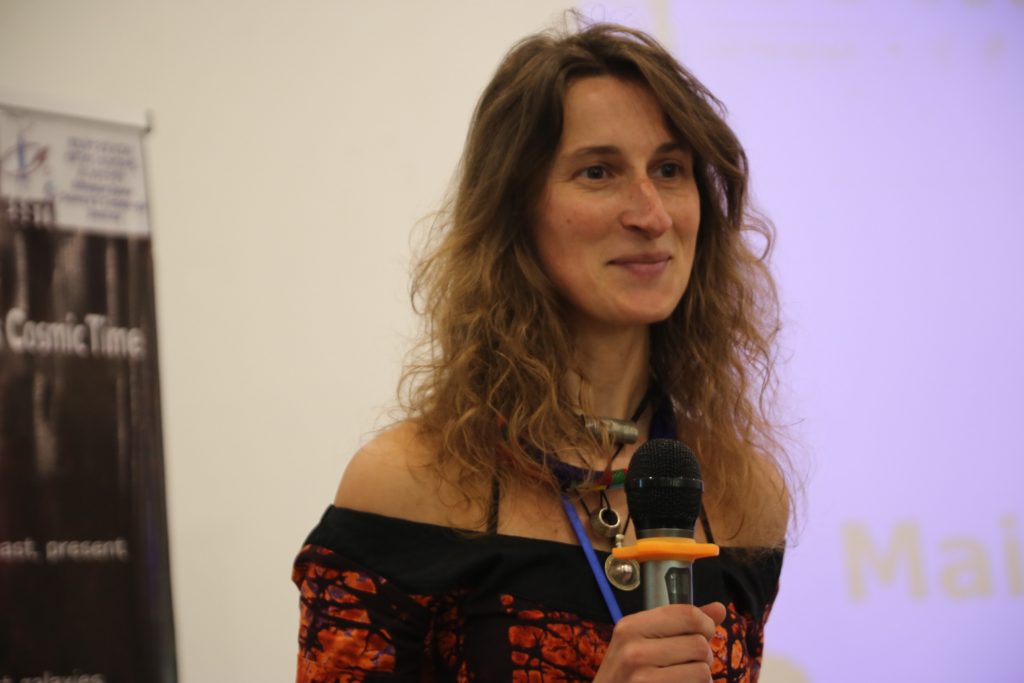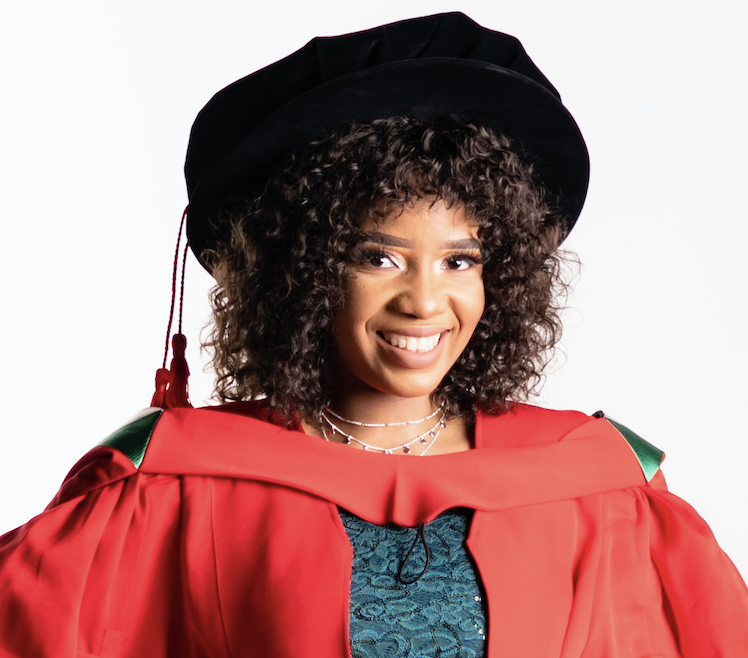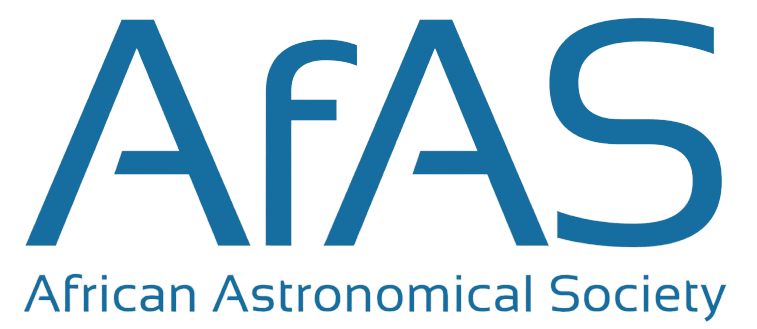Period: 1st April 2022 – 31st March 2025
Thebe Rodney Medupe (President)

Prof. Medupe is also passionate about public outreach of astronomy, having been part of two African astronomy documentary movies, namely Cosmic Africa and the Scribes of Timbuktu. Cosmic Africa deals with African indigenous Astronomy. The Scribes of Astronomy looks at the astronomy content of the ancient manuscripts of Timnuktu in West Africa. The international success of Cosmic Africa has led to him being listed in Africa’s most influential people by the New African Magazine which is based in London in 2011 and 2014. Prof. Medupe was also invited to give public lecture on the subject of Cosmic Africa at the Royal Society events in London. He has written two children books titled “The Stars under the African Skies” and “Children of Stars”. He also has written a High School level book on “Astronomy during Timbuktu”. He has written chapters in books on the topic of history of African astronomy. Prof. Medupe also established and founded the Mahikeng Astronomical Observatory in 2015. The observatory was officially opened by the South African minister of Science and Technology in 2018. The main telescopes of this observatory are the 16inch Meade and the Planewave 20inch CDK20 with QSI 683 and SBIG Aluma AC4040 Cmos cameras. The observatory also has an echelle spectrograph with resolution R=10000. The observatory holds monthly open nights for the public and schools in the North West Province of South Africa.
Prof. Medupe’s leadership ability is shown by the fact that he is currently the deputy Dean for Community Engagement at the NWU since 2018. He has also been involved in the National Research Foundation (NRF) astronomy advisory Council and other panels. His experience and passion for Africa and history of Astronomy in Africa will be invaluable to the advancement of the African Astronomical Society.
Naomi Asabre Frimpong (Vice-President)

Naomi believes Africa is ripe to take a bold step into being a contributing partner in astronomy research. She is a motivated and hardworking scientist who is eager to put Africa on the scientific map using her research work and her outreach activities. She is always ready to speak up about Astronomy and Africa’s important role in furthering the world’s Astronomy research goals and activities.
Elizabeth Naluminsa

Following an undergraduate degree in physics and education (physics major), she joined the National Astrophysics and Space Science Programme in 2011 for her honours and masters degrees at the University of Cape Town after which she undertook her doctoral research under the South African SARChI bursary of the NRF. Post graduation, she returned to Uganda and worked as a lecturer at Kyambogo University Uganda while doing astronomy outreach to secondary schools, with resources support from the IAU Office of Astronomy for Development and the SALT Collateral Benefits programme. She held the first ever astronomy exhibition at Kyambogo university in 2020. She is at present involve in ongoing efforts by the Space Technology Agency Uganda to take astronomy to schools in the refugee settlements of Uganda, and documenting the indigenous astronomy knowledge of the refugee communities for posterity.
ALEMIYE MAMO YACOB

MIRJANA POVIĆ

Sinenhlanhla Precious Sikhosana

In her undergrad years, she received a scholarship for being amongst the top 10 African female achievers in her college for three consecutive years. She has also received numerous awards in her postgrad career. Some awards include; UKZN’s Wonder Women in Science in 2017, the Department of Science & Technology TATA African Women in Science Doctoral Scholarship in 2018 and the Lo’real-UNESCO For Women In Science research grant in 2019. She was amongst the top 20 young scientists selected to represent South Africa at the 69th Lindau Nobel Laureate Meeting in Germany in 2019. She was part of the South African Young Academy of Science’s blog team in 2020.
Dr Sikhosana is passionate about empowering the youth through education. Hence, she is part of UKZN’s Astrophysics Research Centre outreach committee. She has participated in various educational outreach programs in partnership with UKZN’s PR office. She was recently elected as the Astrophysics Research Centre’s diversity and inclusion committee member, as her passion also extends to the transformation of the science academic sphere.
Sthabile Kolwa

At the start of the post-PhD phase of my career, I took a postdoc position at the Inter-University Institute for Data Intensive Astronomy (IDIA) in Cape Town for a year. While here, I continued working on research projects I had begun with collaborators from my former institute who supervised my PhD project. I also started working on projects associated with the MeerKAT International GHz Tiered Extragalactic Exploration (MIGHTEE) working group which I had formed a connection with during my MSc. While in the first year of the postdoc, I was offered a lecturing position at the Physics Department of the University of Johannesburg. Given my fondness for the teaching and learning process, I took on this new role knowing that I would have the opportunity to carry out research while also being more directly involved with students as a lecturer and project supervisor. The educational aspect of this role has provided me with the motivation to continue working in this field as I have a personality type that is geared more strongly towards altruism and being motivated by a greater purpose. Having a direct view of the impact higher learning has on young minds and lives has made my work in Astrophysics worthwhile.
Within research, my main research interests fall under Extragalactic Astronomy. My first research project involved a study of the correlation between group environment groups of AGN and their radio power which represents the strength of their jets (Kolwa et al 2019a). This publication was partly based on my MSc research work.
During my PhD, I became a member of a working group that investigates the circum-galactic medium within distant radio galaxies (beyond redshift two i.e. z > 2). We make use of ALMA (Atacama Large Millimetre/sub-millimetre Array) and MUSE (Multi-unit Spectroscopic Explorer) datasets to dissect the structure of the extended halo gas around these galaxies and attempt to trace their origin. These galaxies host radio-loud active galactic nuclei (AGN) and are therefore excellent tracers for kinetic feedback between the AGN and the stellar disk as well as its extended interstellar and circumgalactic medium gas. In 2019, we published a peer-reviewed paper using the MUSE data to study the ionised component of the CGM around a z=2.9 galaxy (Kolwa et al 2019b). A follow-up study, which focusses on the molecular gas traced via neutral carbon line emission and continuum, is in preparation. Up until now, the complex physics underlying interactions between the radio jets produced by the AGN and the extended CGM have not been understood very well. This is especially true for galaxies at high redshifts. This subject is therefore a major frontier for new discoveries concerning the evolution of distant galaxies.
Additionally, as a member of the MIGHTEE working group, I am also interested in exploring the properties of star-forming galaxies and AGN host galaxies. The Early Science MeerKAT detections of such galaxies within the XMM-LSS and COSMOS fields will form the basis for our upcoming research. We will combine the MeerKAT data with uGMRT (upgraded Giant Metrewave Radio Telescope) detections within the same fields to obtain radio spectral indices spanning 0.3 – 2.0 GHz in observed frequencies. This study will later be extended to include multi-wavelength photometry with which we will perform a spectral energy distribution (SED) analysis. These procedures will provide insights into the star-formation and AGN properties of the galaxies detected by MeerKAT.
Throughout my early-research career this far, I have given numerous talks and seminars at local and international seminars, meetings, and conferences. I am also developing a popular science communication page where I discuss Astronomy developments within South African front in a way that is accessible to the public. It can be accessed at the web address: sthabile.medium.com (hosted by the website Medium).
While engaged in teaching and research, I also make it a priority to motivate future STEM within my immediate community. I aim to work with my group, Astronomy in Colour, to encourage young Africans to focus on building a future within Astronomy or any STEM field. We do so via webinars, social media, planetarium visits and school events/activities we are currently planning.

